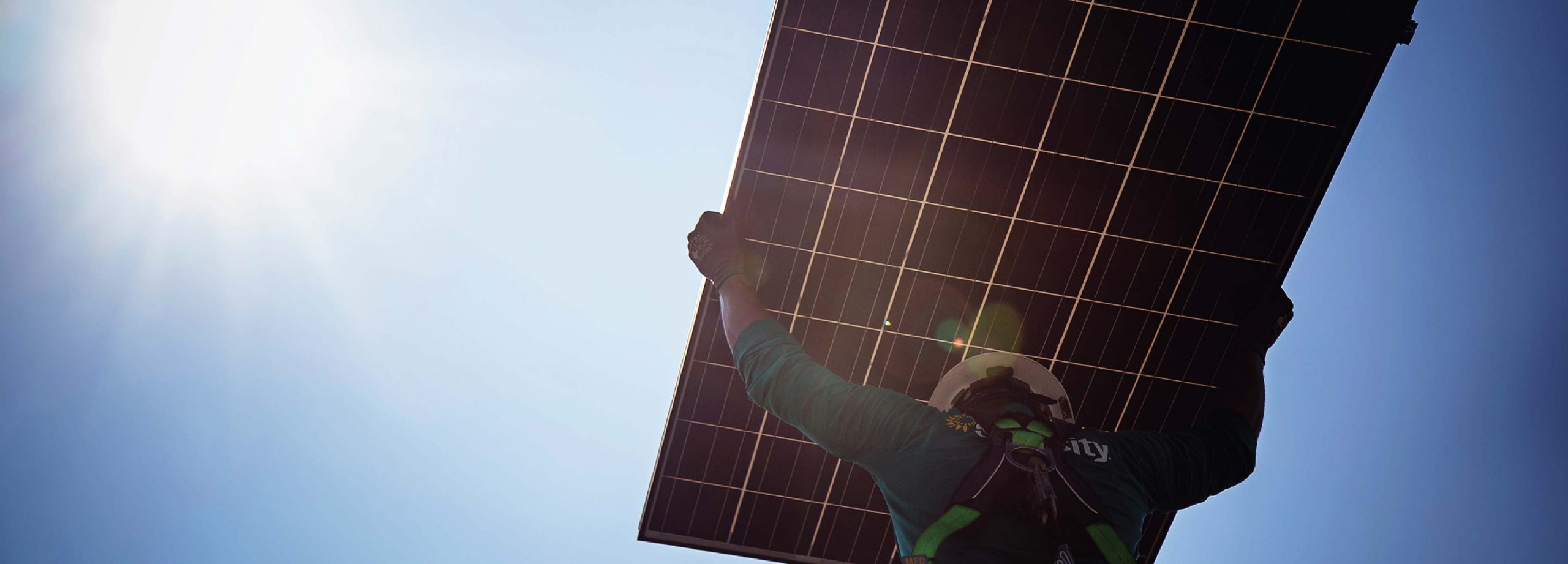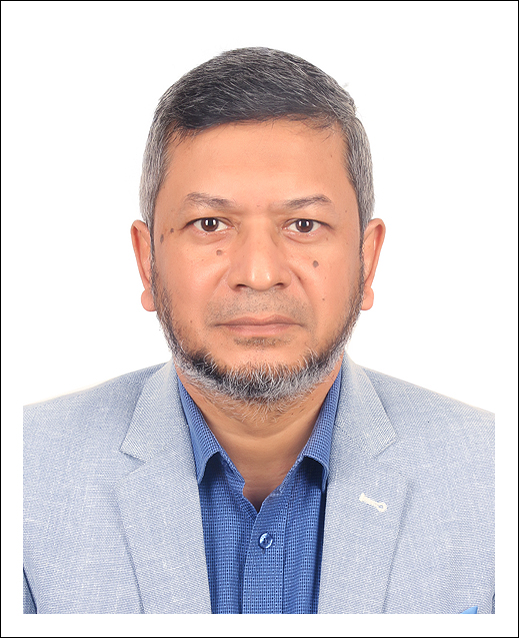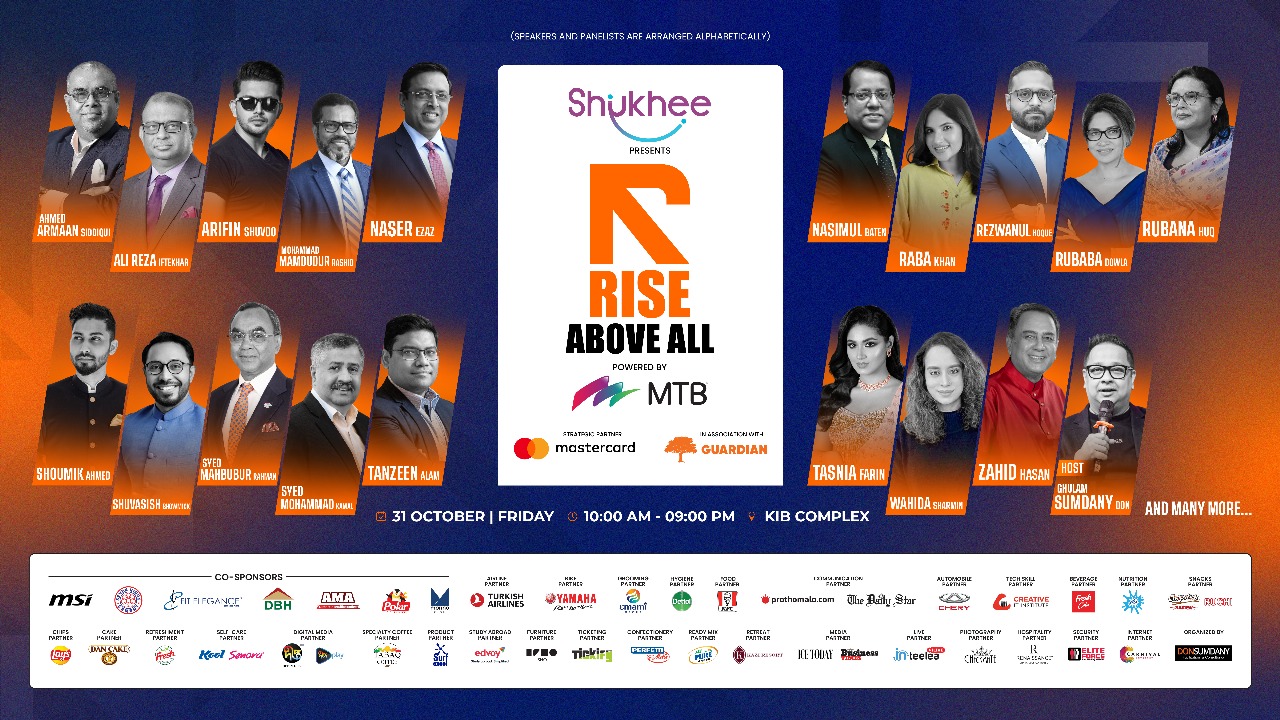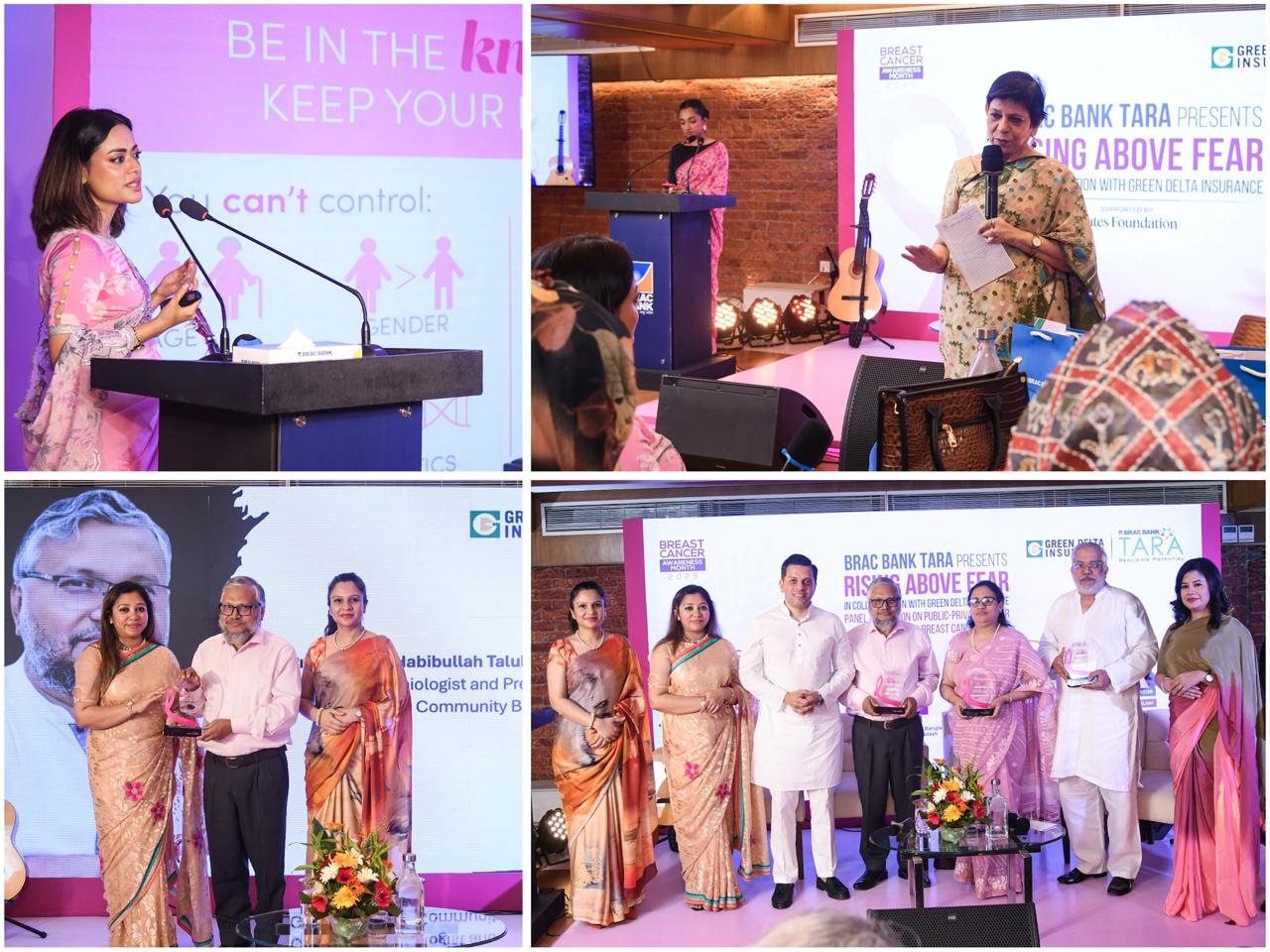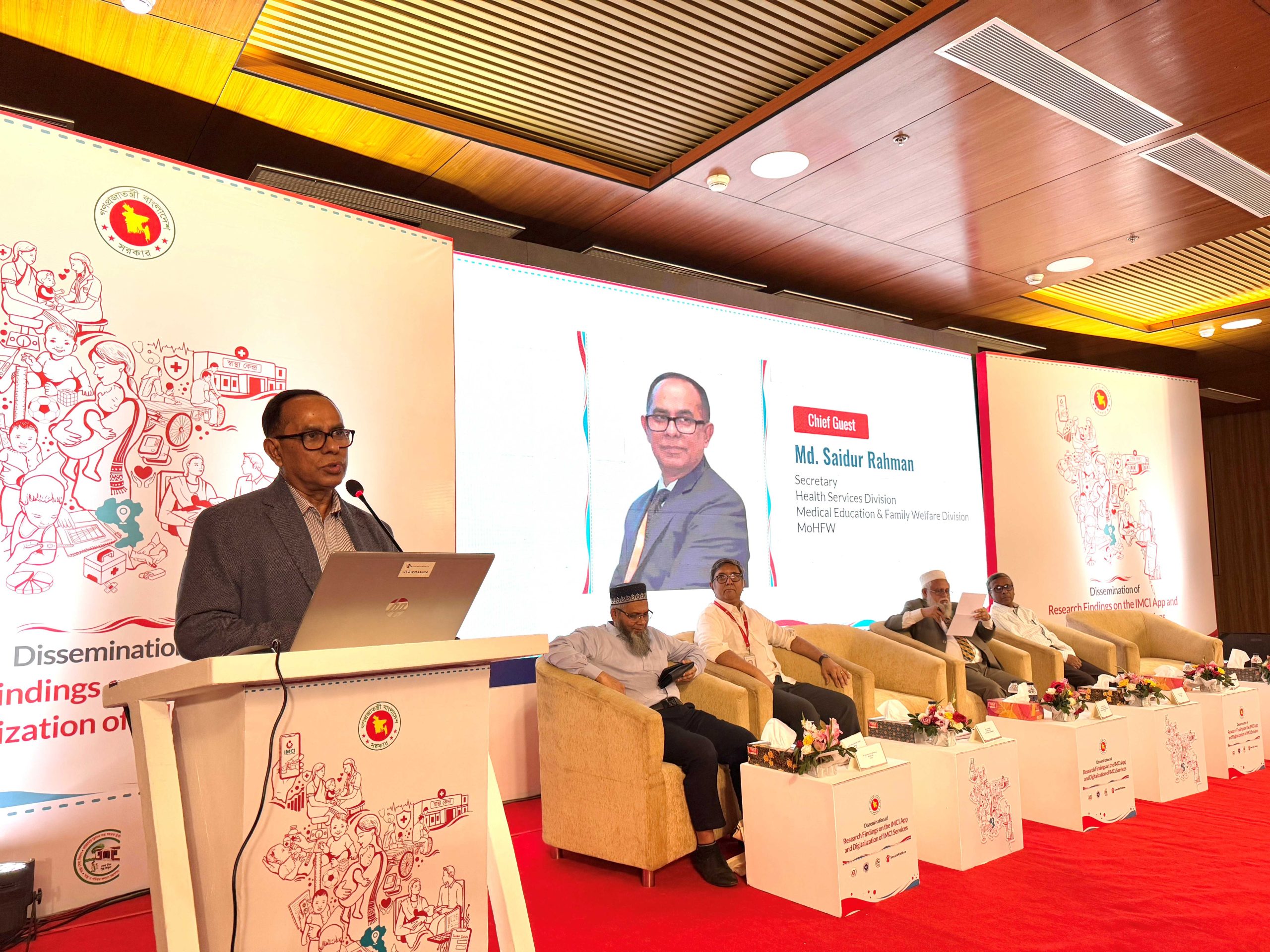By Antony Rahman
Two months ago Elon Musk, the CEO and product architect of Tesla Motors made a move to purchase SolarCity, an American provider of energy services. This month, Tesla and SolarCity have finalized their agreement to join together, giving birth to the world’s first vertically integrated sustainable energy company. With this combination, Musk has declared his intention to introduce a new Solar Energy product, called the “solar roof”. This will differ from current solar energy solutions in the fact that it is not simply a solar panel or some solar modules installed on the roof. Instead, the entire roof will function as a solar energy module. The transaction is expected to be closed in the fourth quarter of this year, pending shareholder and regulatory approval.
This has obvious implications for American consumers since many people who may be interested in solar power are leery of putting solar panels on roofs that may be nearing the end of their lifespan, or are simply planning to build a new home in the near future. This new innovation combining Teslas battery packs and SolarCity’s solar roof grids could also mean that homeowners no longer have to fear the need to switch back to the grid when it gets dark, and will allow them to rely entirely on solar energy. In January of this year, the United States Department of Energy gave $18 million to several projects that intended to use this combination of battery packs and solar technology to help solar energy replace nonrenewable sources of energy such as fossil fuels.
Although the possible benefits of this innovation are evident for American citizens, the same idea if properly implemented could be vital to solving the energy problems we are facing in Bangladesh. The Bangladesh government has set the goal of ensuring electricity is freely available to all its people by the year 2020. However, this may not be possible only through currently pursued avenues. Less than 4% of our country’s total energy production is renewable energy, and unless this ratio improves it will not be sustainable moving into the future. An estimated 40% of the population in Bangladesh does not have access to electricity, which means an absurd amount of people have no energy on a consistent basis.
To improve the situation, the government introduced a plan by the name of Solar Home Systems in 2009, wherein electricity could be made available to households without grid access. Though the program has been inarguably quite helpful, with an average of 50,000 systems being installed per month between the years 2009 and 2014, current projections do not expect to meet universal energy needs for every single household in Bangladesh by 2020.
Current solar shingle/roof technology has already reached the same level of conversion efficiency as the silicone cells utilized in solar panels, and Tesla and SolarCity’s joint product is expected to improve on that conversion efficiency in leaps and bounds. SolarCity’s new module, unveiled in October 2015, has been lauded as generating more power per square foot than any rooftop solar panel in production, with a 22% module-level efficiency (measured by Renewable Energy Test Center, a third party certification testing provider). These panels produced 30-40% more power than any contemporary solar panel technology. Given the time that has passed, and their integration with Tesla, higher efficiency solar modules are likely to be used in their upcoming ‘solar roof’ installations. If the Government of Bangladesh wants to reach its goal of having a 10% share of renewable energy in electricity generation by the year 2021, this new technology from SolarCity may be exactly the answer they’ve been looking for.
Long-term data analysis has yielded that the insolation in Bangladesh changes from 3.8 kWh/m2/day to 6.4 kWh/m2/day at an average of 5 kWh/m2/day. What this means in layman’s terms, is that Bangladesh is in an excellent position to benefit from Solar energy. Given these facts, if the technology were to be introduced in Bangladesh it would likely see widespread use, not only in government facilitated projects but also among households of the homeowners own initiative. It would no longer make sense to pay for electricity from the Grid, as it would be far more cost efficient to simply make an investment in a solar roof. As their efficiency is expected to rise further and further, and as Bangladesh enjoys so much unobstructed solar irradiance, it would no longer take months or even years for the return on investment. Many would likely make the switch simply to avoid the dependence on grid energy that often leaves us without electricity for hours at a time, even in the capital, Dhaka.
It remains to be seen how this concept of solar roofs will play out, but with the government’s current problems and concerns with Renewable Energy Sources and their efficacy, they should be keeping a close eye on how the product develops, as it may just be what we need to reach the goal of unimpeded energy production for every single household nationwide, sooner rather than later.









